Radio is the only medium which empowers audience imagination: Manish Bhatt
India Radio Forum has sought to revive the nostalgia of radio in India with its new campaign that states: “Radio Iss Desh Ki Dhun Hai”. The campaign has been rolled out to mark the World Radio Day on February 13, 2017. Conceptualised and written by Scarecrow Communications, ‘Desh Ki Dhun’ is a musical tribute to the iconic signature tune of Akashvani (All India Radio).
While the original tune was composed in 1936 by Late Walter Kaufmann and Late Mehli Mehta, the newer version has been recomposed by Roshan Machado. Amarabha Banerjee, Krishna Beura, Hamsika Iyer, Nirali Kartik and Marianne D’Cruz have lent their voice to the composition.
Scarecrow Communication has always betted big on radio as the strongest medium of communication and has won accolades on various platforms for their radio-related work. The seven-year old agency has been the most awarded agency in the Radio category for the last four years at the Abbys.
Speaking about the ‘Desh Ki Dhun’ initiative, Manish Bhatt, Co-Founder, Scarecrow Communications, reminisces about his early days when radio was the only medium of infotainment and why the audio-only medium is so close to his heart. “Scarecrow loves Radio because it reaches 99 per cent of India’s population even today. Basically, it comes from two levels, from a personal level and the other is from Scarecrow’s perspective. I was in the third standard when my village was introduced to electricity. I was born and brought up in a very small village. At that time, my only medium for information and entertainment was Akashwani, All India Radio, Vividh Bharti and I used to listen to a lot of songs, commentary and news on them. I have consumed a lot of Radio during my upbringing in my hometown. Radio and audio’s intake was much higher then, which did not get sufficient expression until recently.”
“When Scarecrow as an agency was launched in February 2010 and had started pitching to clients, we thought why not explore the medium which has not expressed enough in my entire career,” Bhatt said, adding, “Being a visual art person, I thought how about art directing things which do not have visuals. That was a challenge which I wanted to experiment and personally wanted to cultivate radio as a medium in 2010. Also, being a young agency it was making sense for us to concentrate on one medium when it came to experimenting, crafting, investing and entering in an award, etc. I also encouraged my team in Scarecrow to work on Radio as little more closely. It was also fitting in the scheme of things to invest in Radio by converting the ideas into audio form.”
Continuing further, Bhatt said, “All these things put together, we have gathered huge experience and experiments regarding the radio medium. For example, at Scarecrow we must have produced about 100 songs in around 300 narrations in seven years. This is a huge process from conceptualising, writing, supervising, interacting with the musicians, composers, singers. We have done a lot of Radio and it has also earned us awards at various forums. Scarecrow has been the most awarded agency in the Radio category for the last four years at the Abbys. We also won the 2016 Golden Mikes Awards. All of these also converted a lot of business because the client could also understand our audio-visual capability and we are also able to convince our clients. For example, the Wagh Bakri film was presented in an audio form during the pitch and that thought later was converted into a four-minute film.”
From business to critical acclaim, experiments and working with craft, all these days radio as an audio medium has garnered huge attentionsinceand hence, Scarecrow Communications, as an agency felt that it should we try our best to give back to the industry in some way in doing whatever the team is good at. “Why we did this campaign – main reason is that we wanted to also give back to this medium which is probably too close to our heart. It is the peculiarity of the medium that reaches out to more than 99% of Indians. Our Prime Minister is very advanced and technology savvy, however he still feels that when it comes to – Mann Ki Baat, it is exclusively narrated on radio because it reaches out to all people. Even if you see the Unilever’s experiment of Kaan Khajura Tesan – that was also all about converting mobile into a radio medium. Whether it is the Prime Minister or a conglomerate or a general media digger, radio is a very strongly penetrated medium. My personal observation about radio is about a very non-interfering period. You can do anything while listening to audio as a medium. My daughter, she is into arts and craft, she all the time does her work while having her earphones on. So I have observed that radio is one medium which is not interfering - “TV dekhte ho toh uske saamne dekhna padta hai, magazine, newspaper padhte ho toh unko hold karna padta hai.”
Bhatt believes that Radio goes along with people's lives. It also has a very emotional power like it actually changes the mood. He stresses on the fact that Radio is the only medium of content which empowers and does not undermine the power of imagination of the audience. “What visual mediums do is often give words to visuals. What happens is that it just kills the imagination part of it vs Radio is something which creates a broad picture in mind, it’s a mind game. It lets people imagine and stimulate the mind and then leaves it to the imagination of the people. I think that is something very important, it actually considers the audience smarter and intelligent rather than finding it very spoon feeding. Apart from books, I think radio is the strongest medium of mind creators. Hence I personally felt very interested in the campaign as I am very much connected with the medium,” opined Bhatt.
According to Bhatt, Radio is an underrated and under-utilized medium. When quizzed about is there more to be done for Radio to become more vibrant and active medium in today’s landscape, Bhatt commented, “Radio is not dying, otherwise there won’t have been more licenses to the FMs, penetration of FMs increasing the growth of radio. FM is one medium which has actually created more local connect with the masses. It is emotional, yet local. There has been too much of a populist content. When it was Information and Broadcasting, the content curation was much better, is what I would say. But even Worldspace was a very good experiment, it failed because of the business model it had. But I am sure that the medium still survive after almost more than 8 decade, I think it has lot of scope. Only thing it is currently not easily to be shared. It has become more of a personal medium, more and more getting into personal space. It is not like earlier that ‘Pan Ki Dukaan Pe’ radio used to be played loudly. That phenomenon is decreasing. It’s just that how the consumers are currently behaving, but I don’t see it as a permanent thing. Music is here to stay and so is Radio and it will do more wonders than it has actually done.”
Commenting on its association with Scarecrow Communications for this one-of-a-kind initiative, Rajika Mittra, India country head and director for Strategic Partnerships, PromaxBDA, said, “Radio is all about getting your voice heard and ‘empowering’ people’ in their freedom of expression. Being one of the most powerful mediums, it has been our constant endeavor at The India Radio Forum to bring people together as a community and encourage Radio stations to lead, engage and share their experiences. Radio connects with large audiences and is shared amongst families and listener groups and now with the changing face of different technologies, Radio will be used as the most efficient platform for engagement.”
She added, “We are extremely delighted to have collaborated with Scarecrow Communications this year, as we feel they are equally passionate about our journey that we initiated 12 years ago. Radio evokes Nostalgia, and sharing our experiences with the Youth in turn will reinstate and build the credibility of Radio in a much bigger way. Scarecrow Communications has brought forward some well crafted initiatives which we are proud to be associated with.”
Following are three additional audio stories conceptualised and written by Scarecrow Communications under ‘Reviving the Nostalgia of Radio in India’ campaign on the occasion of World Radio Day.
Fauji: An audio story narrated by Jameel Khan & SM Zaheer
Murga Chacha: An audio story narrated by Virendra Saxena
Postman: An audio story narrated by Raghubir Yadav
Credit List for IRF:
Client: India Radio Forum
Client Representative: Rajika Mittra
Agency: Scarecrow Communications
Creative Team: Manish Bhatt, Shrenik Chheda, Vaishakh Jhunjhunwala, Arnab Choudhury, Gaurav Kumar, Yuvraj Gorule
Account Management Team: Kushank Jain, Gargi Agarwal
Voice Over Artists: Raghubir Yadav, Virendra Saxena, SM Zaheer, Jameel Khan, PP Bajaj, Gaurav Kumar
Singers: Amarabha Banerjee, Krishna Beura, Hamsika Iyer, Nirali Kartik, Marianne D'Cruz
Music
Music Composer: Roshan Machado
Cello & Shehnai: Ramachandran Chandran
Flute: Nirmalya Humtoo Dey
Violin & Viola: Suresh Lalwani
Dotaara & Charango: Chandrakant
Sound Engineer: Kunal Dabholkar, Smitesh Joshi
Recording Studio: Sounds Good
Production House: Filmwale Productions
Production Team: Prashant Nigam, Kanak Sharma, Satyanarayan
Special Thanks to Ameen Sayani, Late Hamid Sayani, Rajil Sayani, Gopal Sharma, Indian Armed Forces and All India Radio









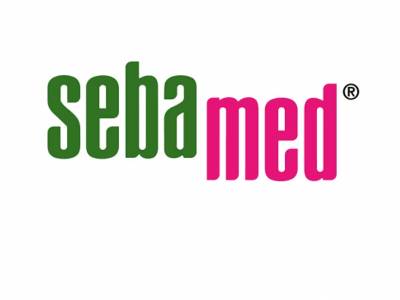
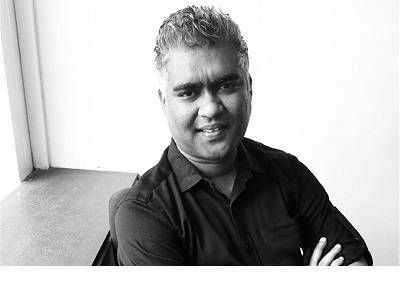


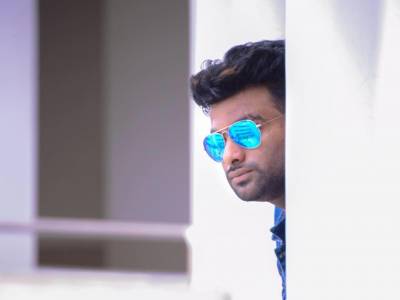
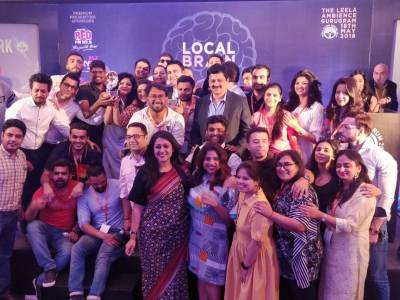
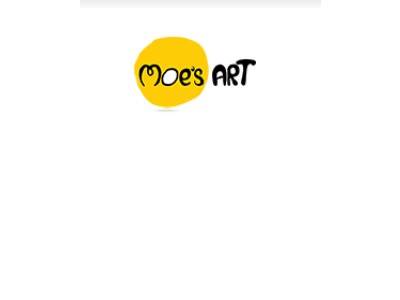
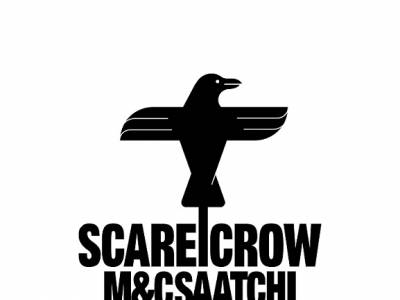
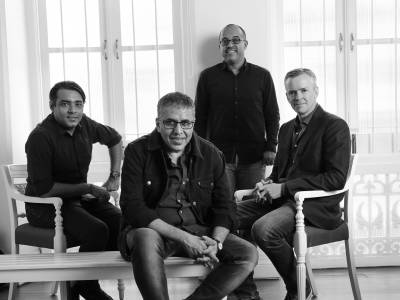
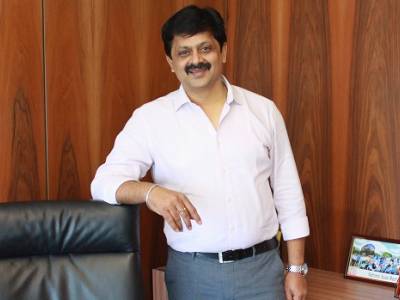
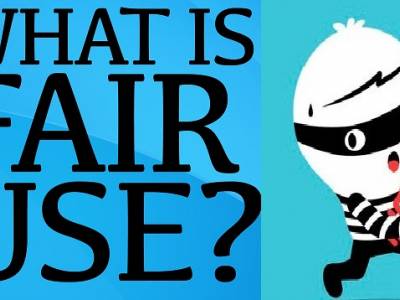



Share
Facebook
YouTube
Tweet
Twitter
LinkedIn